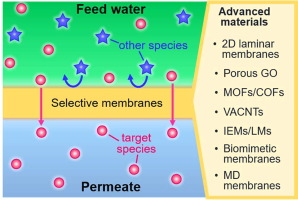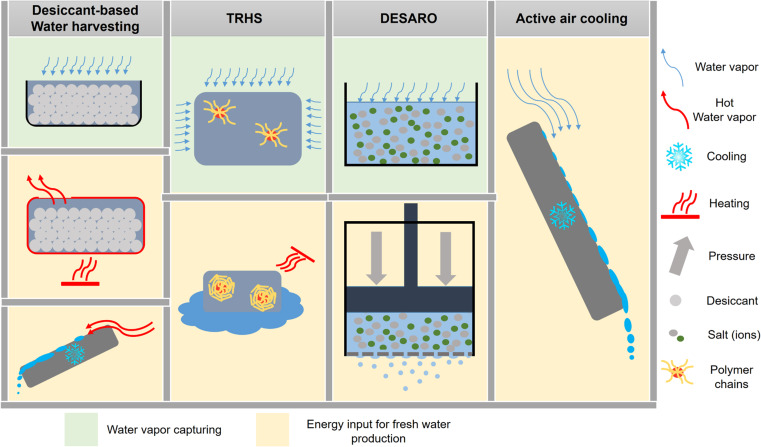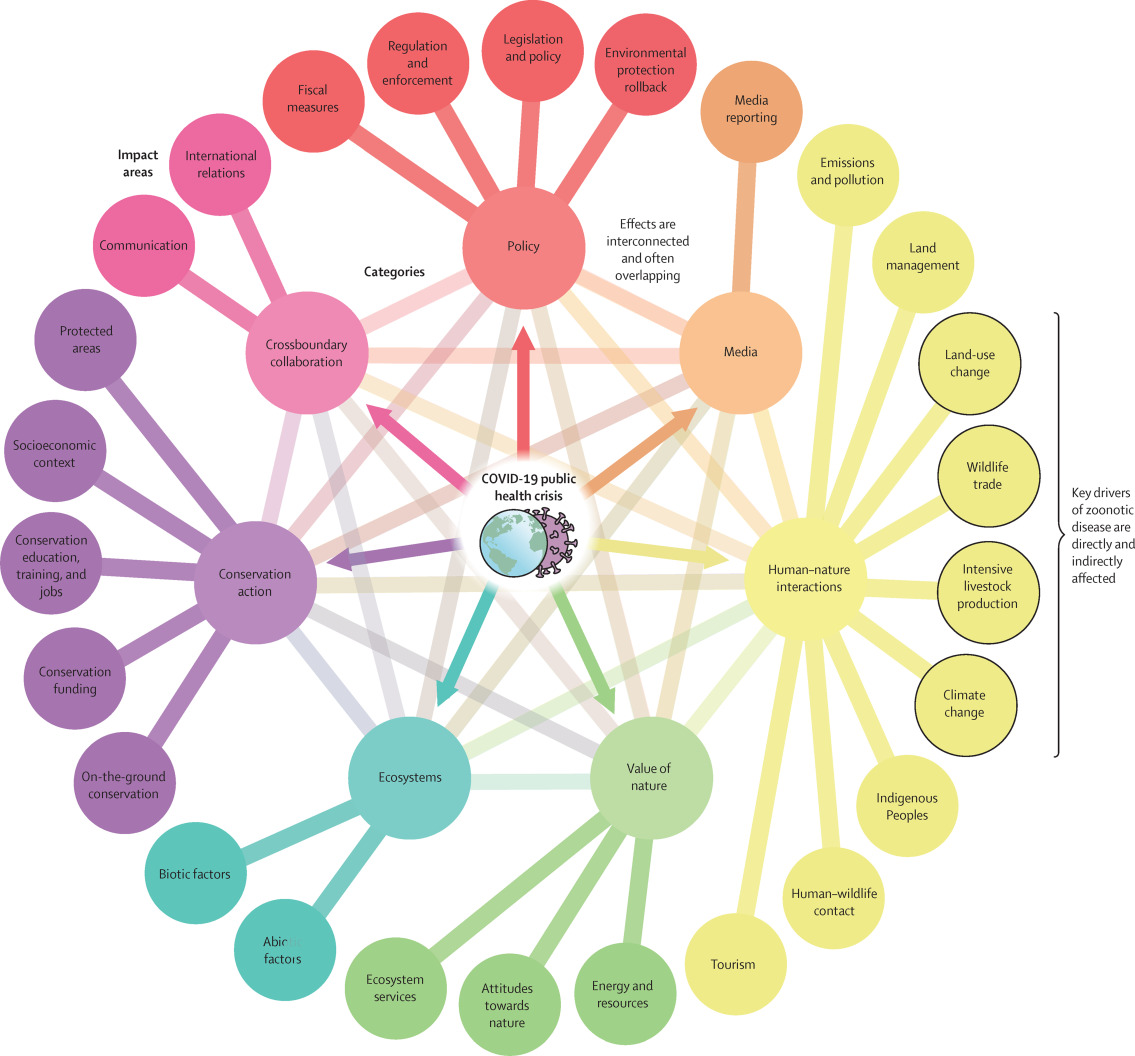Mohammadreza Daneshvar, Behnam Mohammadi-Ivatloo, Kazem Zare, 'Chapter 9 - A case study in the hybrid energy network with 100 percent renewable energy resources and future directions', Editor(s): Mohammadreza Daneshvar, Behnam Mohammadi-Ivatloo, Kazem Zare, Emerging Transactive Energy Technology for Future Modern Energy Networks, Academic Press, 2023, Pages 135-149, ISBN 9780323911337
The concept of “Smart City” has been proposed by governments, the business community, advocacy groups, and research institutions as a means to solve common urban problems and improve the quality of life for citizens. Although a Smart City has the potential to change our cities for the better, it also may unintentionally reinforce existing inequalities. In particular, without appropriate strategies that support inclusion, persons with disabilities and seniors may experience social and digital exclusion in communities.



